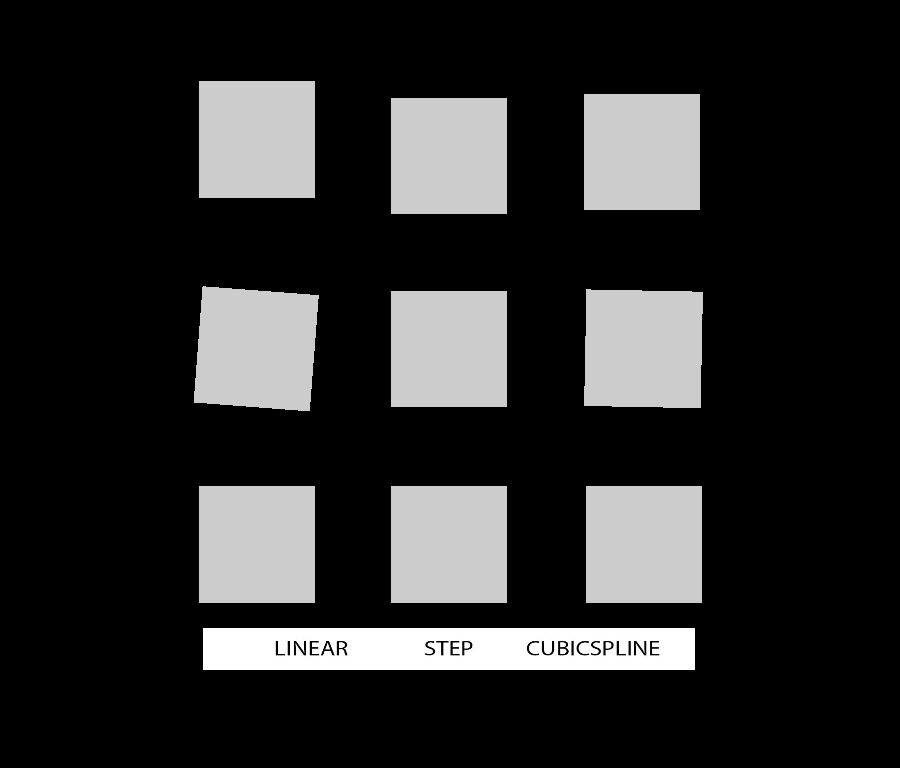Note
Go to the end to download the full example code
Visualizing a glTF file#
In this tutorial, we will show how to display a simple animated glTF in a scene.
import fury
Create a scene.
scene = fury.window.Scene()
showm = fury.window.ShowManager(
scene=scene, size=(900, 768), reset_camera=False, order_transparent=True
)
showm.initialize()
Retrieving the gltf model.
fury.data.fetch_gltf(name="InterpolationTest", mode="glTF")
filename = fury.data.read_viz_gltf("InterpolationTest")
Initialize the glTF object and get actors using actors method. Get the main_timeline (which contains multiple Timeline objects).
gltf_obj = fury.gltf.glTF(filename)
timeline = gltf_obj.main_animation()
Add the timeline to the scene (No need to add actors separately).
scene.add(timeline)
define a timer_callback that updates the timeline.
interactive = False
def timer_callback(_obj, _event):
timeline.update_animation()
showm.render()
showm.add_timer_callback(True, 10, timer_callback)
if interactive:
showm.start()
fury.window.record(scene=scene, out_path="viz_gltf_animated.png", size=(900, 768))

Total running time of the script: (0 minutes 0.168 seconds)
